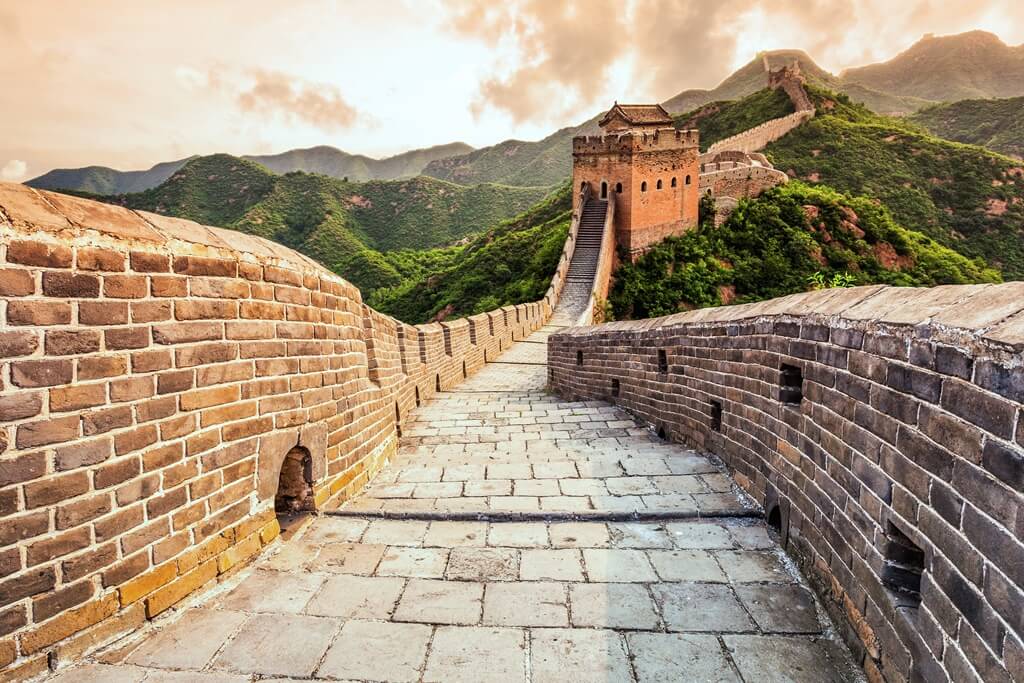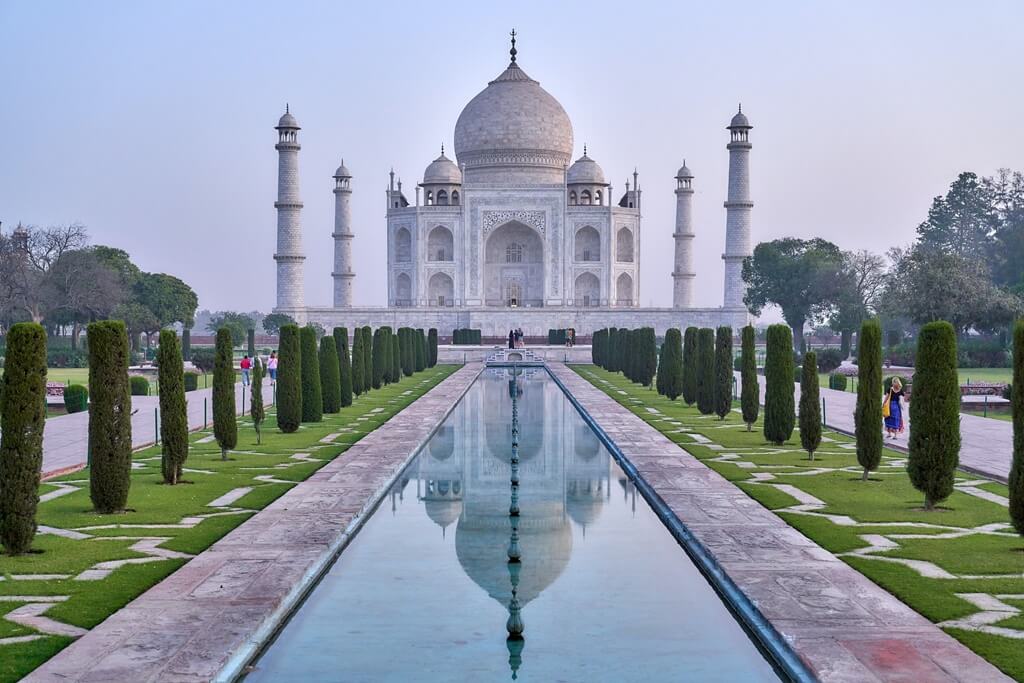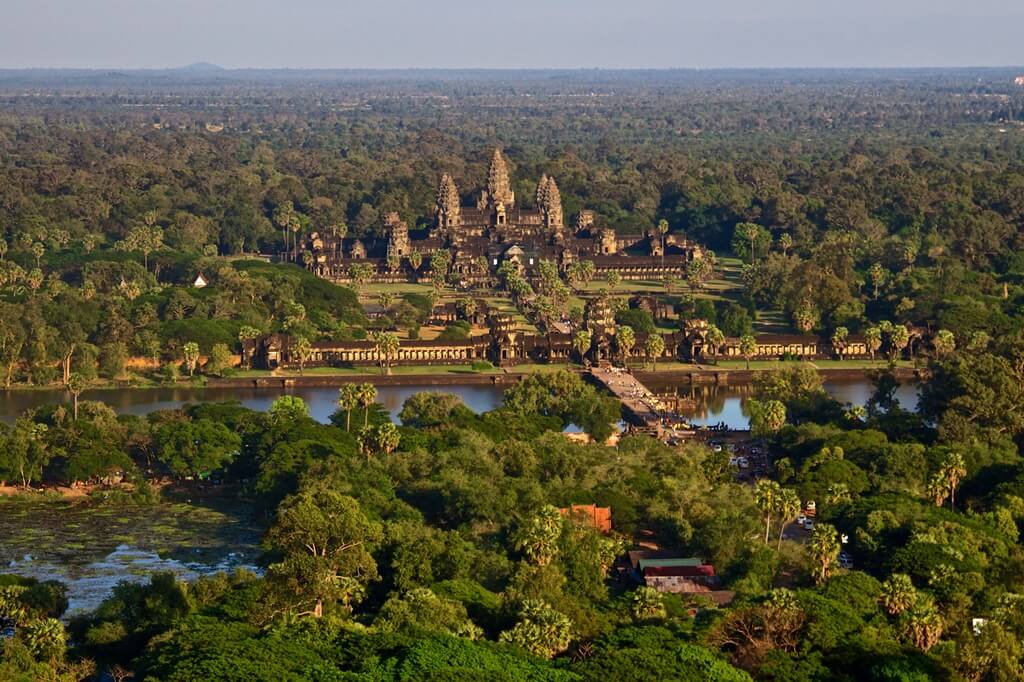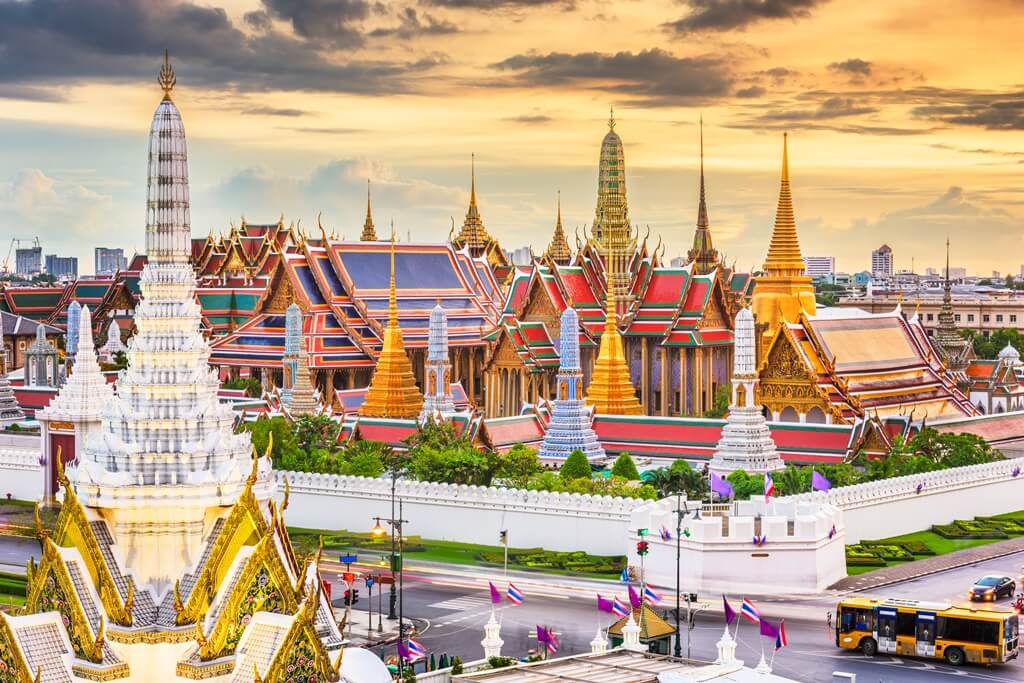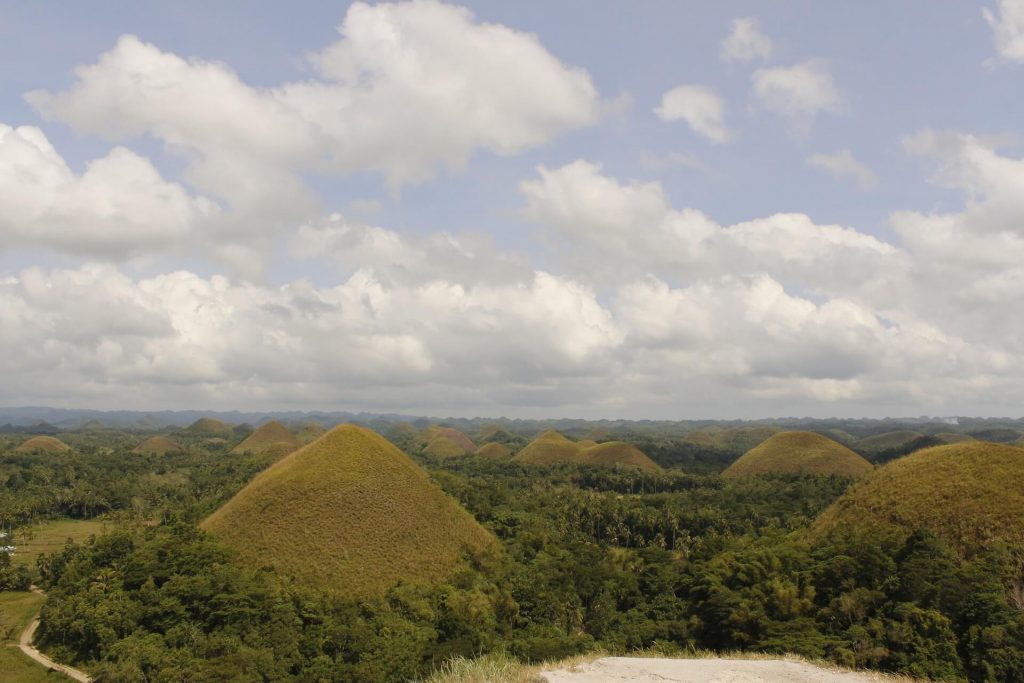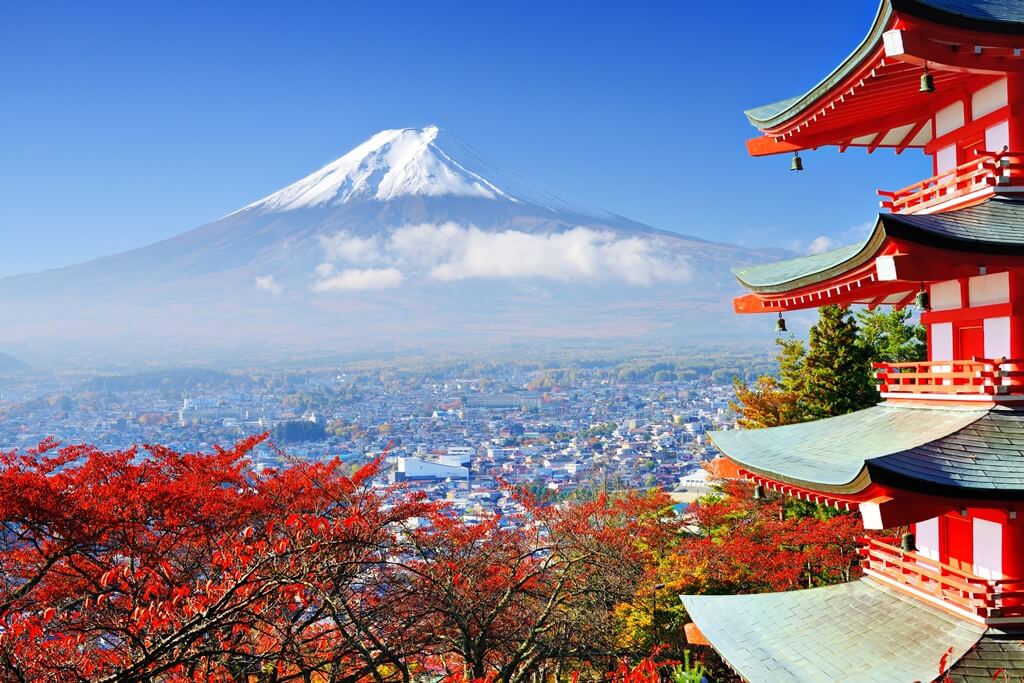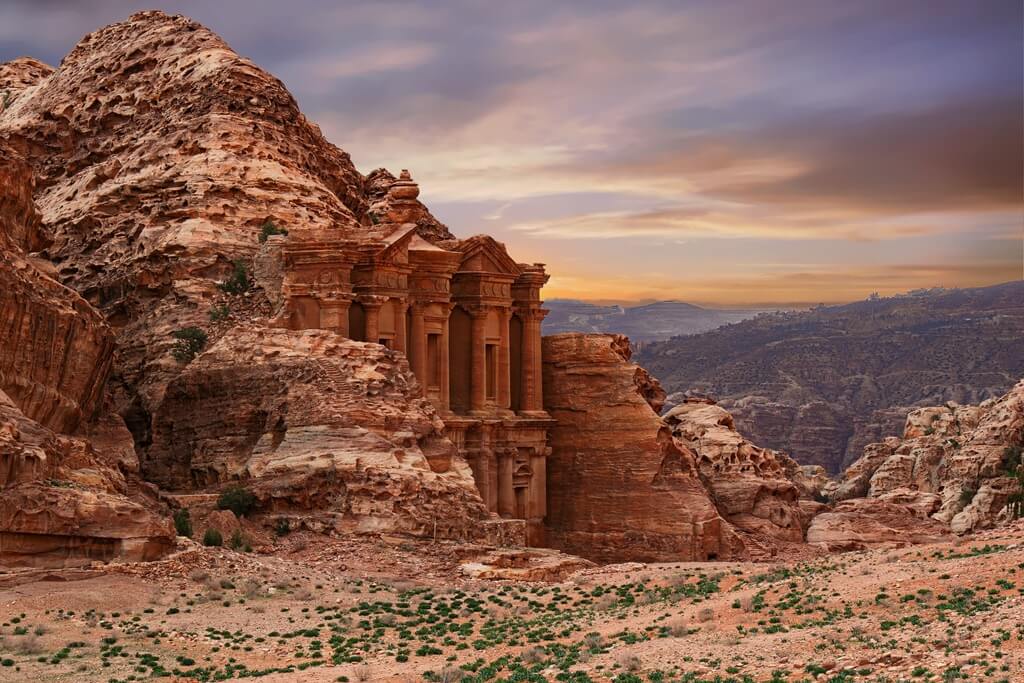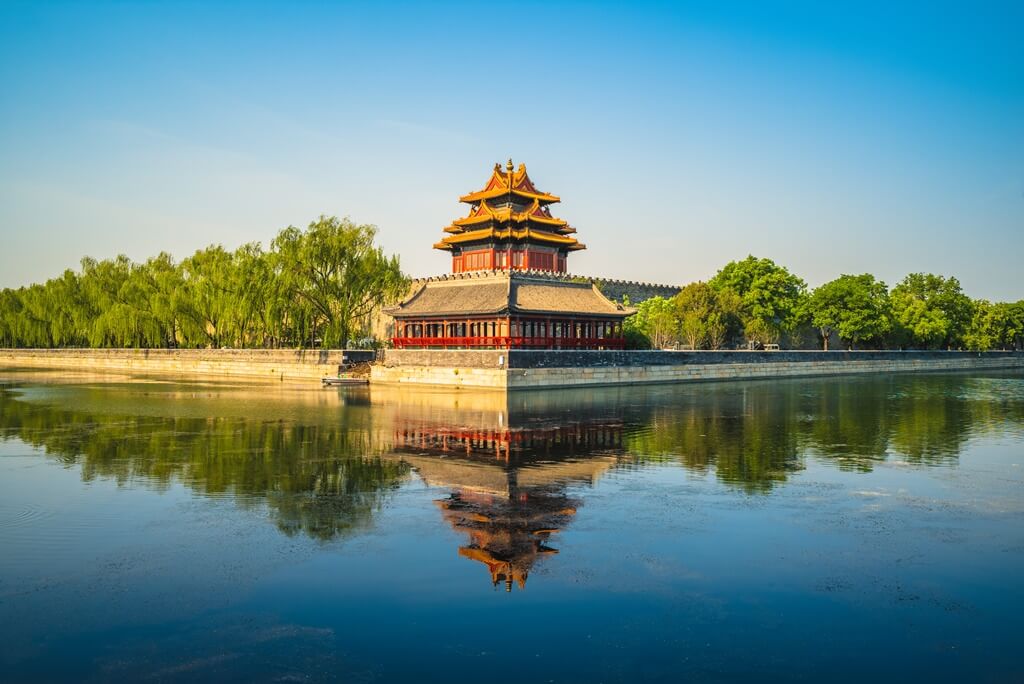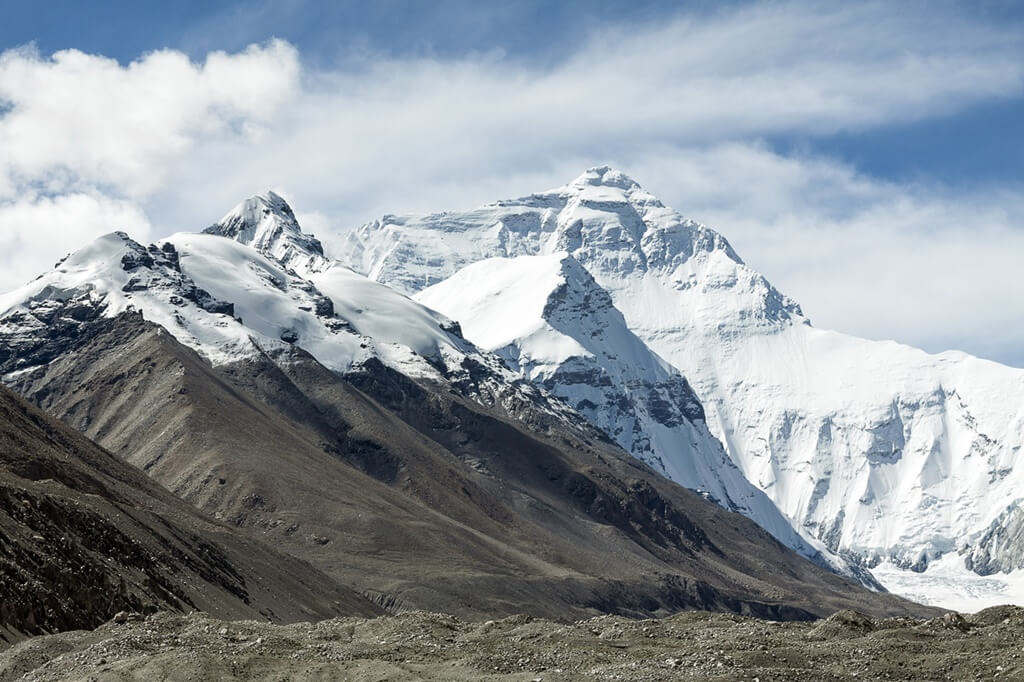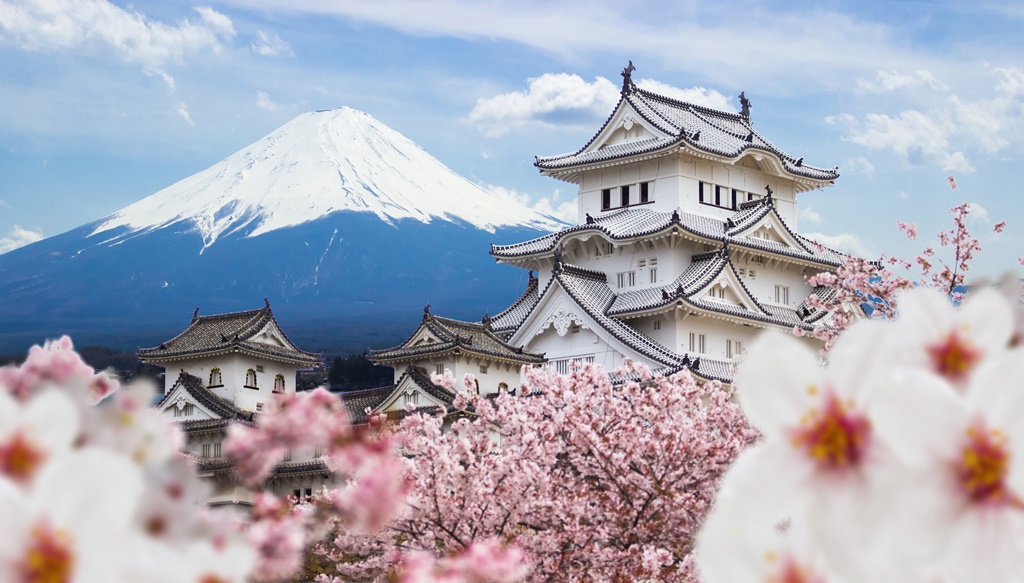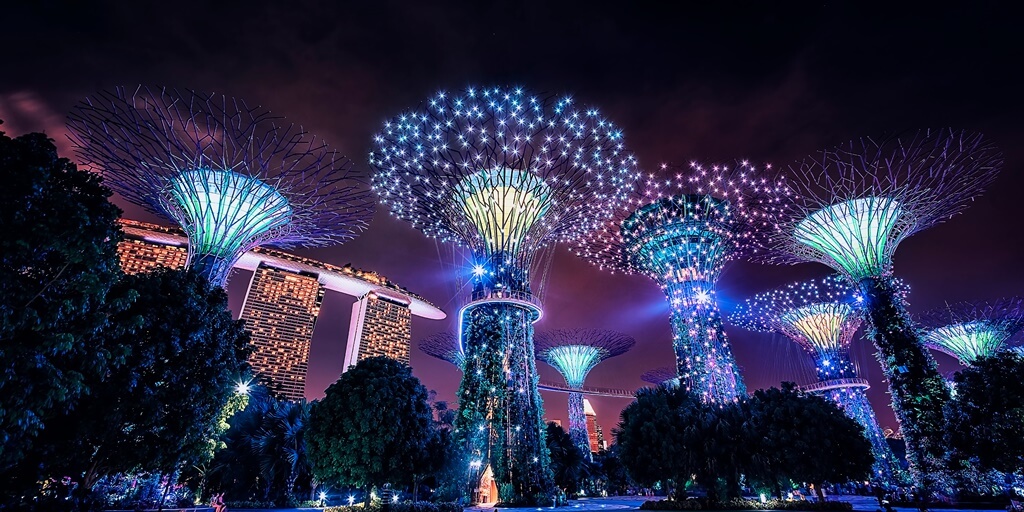Historical Landmarks In Asia - A Journey Through The Continent's Rich Heritage
These iconic sites, collectively known as historical landmarks in Asia, are not just structures of stone and mortar; they are living witnesses to the evolution of civilizations, the fusion of traditions, and the stories of countless generations.
Author:Jane RestureAug 28, 20238K Shares130.1K Views
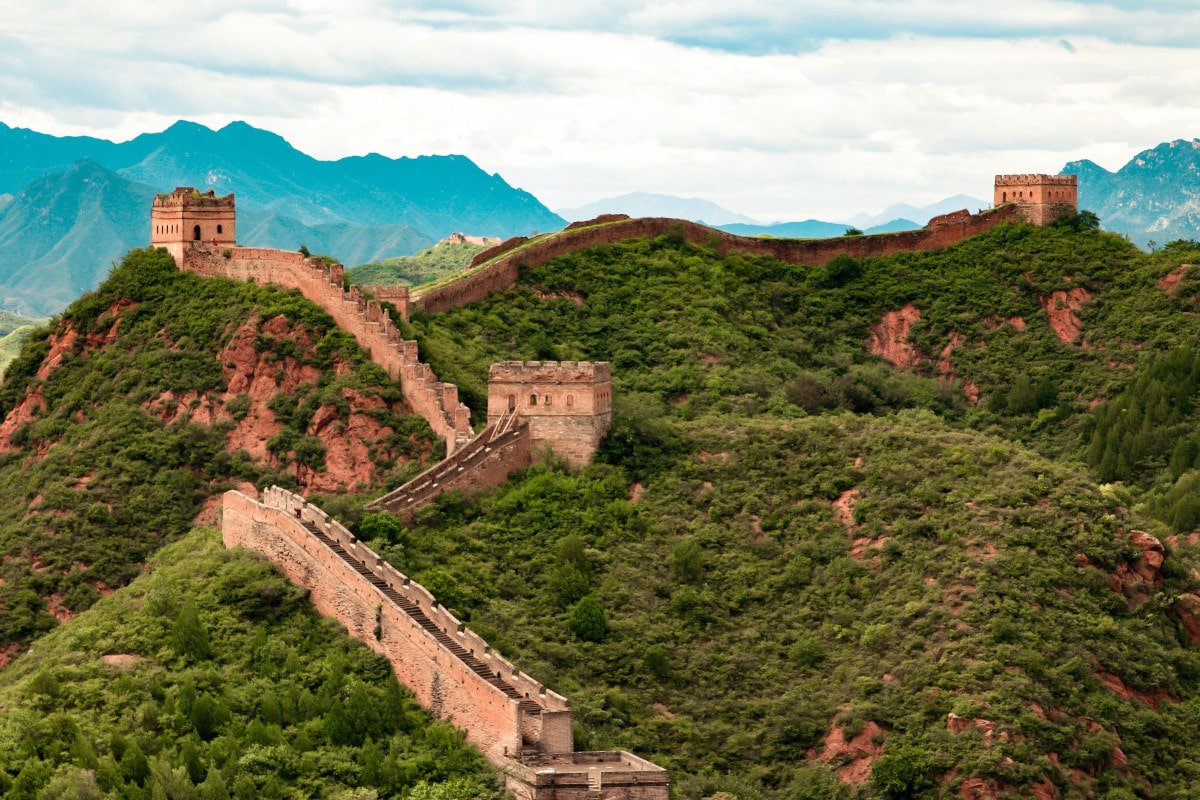
From the soaring peaks of the Himalayas to the vibrant streets of Tokyo, Asia stands as a continent woven with the threads of history, culture, and heritage. Within its diverse landscapes lie remarkable testaments to human ingenuity, endurance, and creativity.
These iconic sites, collectively known as historical landmarks in Asia, are not just structures of stone and mortar; they are living witnesses to the evolution of civilizations, the fusion of traditions, and the stories of countless generations. Embarking on a journey through these landmarks is to traverse the annals of time and engage with the soul-stirring narratives that have shaped the vibrant mosaic of Asia.
The Great Wall Of China, China
Behold the remarkable, incomparable, and truly unparalleled marvel – the Great Wall of China! This iconic structure stands as one of the world's most renowned landmarks, a UNESCO-recognized treasure, and a distinguished member of the Seven Wonders of the World. Despite its monumental status, the notion that this colossal creation is visible from space is nothing more than a fallacy. Nonetheless, it's no wonder that this misconception took root, given its astounding length.
Spanning over 20,000 kilometers, the Great Wall of China stands as a testament to human ingenuity and persistence. Its construction, an endeavor spanning more than two millennia, showcases the dedication and craftsmanship of countless individuals.
Surprisingly, the notion that one can traverse its entire expanse on foot is not mere fantasy; however, achieving this feat requires an extensive commitment of time, approximately 18 months. In awe, we contemplate the magnitude of the Great Wall - a structure not only symbolic of China's history but also an embodiment of human capability.
Taj Mahal, India
The Taj Mahal stands as perhaps the most renowned icon of India. Constructed from 1632 AD to 1653 AD under the patronage of Mughal Emperor Shah Jahan, this awe-inspiring testament of love was erected in honor of his beloved wife. Crafted from pristine white marble, the Taj Mahal graces captivating gardens, an embodiment of architectural brilliance and artistic finesse. The expansive complex spans approximately 17 hectares, encompassing a mosque, a guest house, and its pièce de résistance – the mausoleum itself.
What renders this site truly exceptional is its architectural magnificence, a testament to meticulous craftsmanship, symmetrical precision, and an exquisite fusion of elements. This unparalleled blend of artistic vision and technical prowess elevates the Taj Mahal to a league of its own. Notably, its distinction extends beyond its native borders, as it secures both UNESCO heritage status and a revered place among the Seven Wonders of the World.
Angkor Wat, Cambodia
Presenting Angkor Wat, a name signifying "temple city," an unparalleled edifice and the largest religious monument globally, spanning nearly 2 square kilometers. Constructed during the initial years of the 12th century, it emerged as a Hindu temple in its early days. However, this architectural masterpiece underwent a transformation into a Buddhist temple, leading to the integration of Buddha images into its intricate and opulent decorations. The culmination of this amalgamation is nothing short of breathtaking.
Indeed, the allure of Angkor Wat is so captivating that it earned the prestigious recognition of a UNESCO-designated site. Its historical journey, evolving religious significance, and remarkable aesthetics combine to form a spectacle that continues to awe and inspire.
The Grand Palace, Thailand
The Grand Palace emerges as an iconic gem, regarded not only as a distinguished Asian monument but also as Thailand's fourth most sought-after Instagram destination, nestled in the dynamic heart of Bangkok. This magnificent structure, an architectural symphony, elegantly blends several styles within its confines. This awe-inspiring picture is comprised of graceful buildings, pavilions, halls, and finely maintained gardens.
The Temple of the Emerald Buddha reigns dominant among its mesmerizing components, an epitome of holiness and reverence. Within its sacred walls is a statue of Buddha, which is held in high regard in Thai culture. With its varied beauty and cultural significance, the Grand Palace stands as a symbol of Thailand's rich legacy, attracting both the eyes and the soul.
Chocolate Hills, Philippines
Nature's marvels, the Chocolate Hills, are a delight beyond confectionary indulgence - a visual feast for avid travelers. Comprising over 1,200 distinctive cone-shaped hills, this spectacle unfolds as a breathtaking landscape. The arid season bestows upon these formations a deep cocoa hue, akin to a sprawling expanse of colossal chocolate kisses.
The origins of this enchanting phenomenon have spurred several theories, each adding to the mystique of the site. Alongside the scientific musings, a tapestry of legends intertwines with the landscape, amplifying its allure.
This amalgamation of natural wonder and cultural intrigue has earned the Chocolate Hills the illustrious moniker of the "Eighth Wonder of the World." For enthusiasts of exploration, this vista stands as an unparalleled treat for the senses, an embodiment of Earth's enigmatic beauty.
Mount Fuji, Japan
As the highest peak in Japan and a member of the prestigious UNESCO list, Mount Fuji soars to a breathtaking summit elevation of 3,776 meters. However, this imposing object exceeds its size by portraying both a mountain and an active volcano. Its last known eruption was documented in the winter of 1707–1708 in a historical account of its fiery disposition.
Travelers from all over the world are enthralled by Mount Fuji, one of the top tourist spots in Japan. The peak itself, which offers a breathtaking trek along its crater, serves as the experience's physical apex. From this unique vantage point, the beauty of nature is shown in all its panoramic splendour, providing views of the stunning surroundings that are unmatched. A symbol of both Japan's cultural diversity and the magnificence of nature, Mount Fuji beckons adventurers to scale its heights and experience its unending attraction.
Petra, Jordan
Petra, a magnificent ancient city of extraordinary scale and history, is located in the center of Jordan and stands as a venerable witness to antiquity. Its foundations date to the mysterious fifth century BC, making it one of the oldest and largest cities of its era. This treasure mine of cultural history gained recognition on a global scale, becoming both a UNESCO World Heritage Site and one of the prestigious New Seven Wonders of the World.
Petra's remarkable rock-cut architecture, a marvel of modern construction, is at the center of its fascination. This method molds its enigmatic facades and maze-like corridors, luring intrepid travelers to walk its paths and learn its tales. Additionally, Petra gracefully accepts the nickname "Rose City" as a compliment to the color of its carved stone, which conjures up the delicate bloom of petals. Petra speaks of the past in every fragment, encouraging current explorers to follow in the footsteps of history and find the remnants of long-gone civilizations.
The Forbidden City, China
The Forbidden City, which boasts an unmatched grandeur and spans an astounding 720,000 square meters, is a magnificent expanse with an astonishing number of approximately 9,000 chambers. This enormous edifice, an architectural marvel steeped in both legend and splendor, claims to be the largest imperial palace in the entire globe.
The palace was intended to have 9,999.5 chambers, according to the legend that runs through its history; this was an intentional design decision based on respect for the divine. Half a room was withheld out of respect for the idea that the celestial realm was home to a palace with 10,000 rooms; otherwise, the God of Heaven may become enraged.
Trees are conspicuously missing, a deliberate choice made to protect the ambiance's regal splendor from the shadows that greenery might cast. The environment has a distinct vibe. Furthermore, this work of art of Chinese architectural genius expertly manipulates its surroundings to preserve its attractiveness.
Birds are kept at a distance and their presence is prevented, preserving the sanctuary's impeccable elegance. The Forbidden City is an enormous testament to China's architectural prowess and regard for culture in that it embodies a marriage of human ingenuity and devotion in all of its aspects.
Mount Everest, Nepal
Mount Everest stands as a juxtaposition of unparalleled beauty and unforgiving peril, finding its abode within the Himalayas of Nepal. Rising to an astounding altitude of 8,849 meters, it claims the coveted title of Earth's loftiest peak. Since the historic ascent in 1953, humanity has defied its daunting heights to reach the summit, an endeavor demanding not only indomitable spirit but also meticulous preparation.
Scaling this ultimate pinnacle demands a repository of experience, coupled with a clean bill of health and a well-equipped arsenal. A seasoned Nepalese guide accompanies each intrepid climber, ensuring safety and acclimatization.
The rarified air at such an elevation mandates oxygen supplementation, necessitating the inclusion of oxygen bottles within the array of essential gear. Mount Everest thus remains a testament to human determination, where its allure and risks converge to challenge and inspire those who dare to ascend its majestic heights.
Himeji Castle, Japan
Himeji Castle stands as Japan's largest and most impeccably preserved castle, renowned for its epithet "White Heron Castle" owing to its resplendent ivory exterior. Its grandeur is accentuated by the enveloping embrace of stunning cherry blossom trees. During their bloom, the panorama evokes the enchanting allure of a scene plucked from the pages of a fairy tale.
Within the castle's storied walls lie connections to various local myths and legends. Among these narratives is the tale of Okiku, a young maiden who served a prosperous household. Accused of purloining their prized porcelain, she faced retribution by being cast into a well. Yet, her spirit returned as a spectral presence to haunt her accusers. The well, a testament to this legend, remains nestled within the castle grounds, inviting curious visitors to delve into its eerie history.
Gardens By The Bay, Singapore
The alluring Gardens by the Bay stand as a magnificent expanse of natural beauty in the center of Singapore. This charming nature park, which spans a whopping 101 hectares, is separated into three gorgeous waterfront gardens. It acts as a living memorial to Singapore's illustrious horticulture heritage and is woven like a tapestry by nature.
With its nightly light and sound extravaganza, the park truly comes to life as dusk falls, delivering a spellbinding spectacle of garden workmanship. The Supertree Grove stands out among its impressive features and captures the mind with its recognizable presence. Additionally, the Supertree Observatory provides a captivating vantage point from which tourists can enjoy views of the city-state's cityscape that are unmatched and nearly mystical.
People Also Ask
How Many Famous Landmarks Are In Asia?
There is a large number of attractions and landmarks including 144 UNESCO world heritage sites in Asia. Here we list some of the most well-known monuments and famous landmarks in Asia and will explain a bit about those we have added to the image above.
What Is A Natural Landmark In Asia?
Mount Everest may be the most outstanding, and one of the most famous natural landmarks in Asia, but it's not the only one. The Ban Gioc waterfall, Jeju Island and Ha Long Bay are all locations that have inspired creative minds to replicate them in their fantasy worlds.
Who Gave Asia Its Name?
The name Asia is ancient, and its origin has been variously explained. The Greeks used it to designate the lands situated to the east of their homeland. It is believed that the name may be derived from the Assyrian word asu, meaning “east.”
Conclusion
In the tapestry of global heritage, historical landmarks in Asia stand as luminous gems, illuminating the past and casting a timeless glow on the present. From the immaculately preserved Great Wall Of China, a beacon of history and architectural prowess, to Singapore's ethereal Gardens by the Bay, seamlessly marrying nature and innovation, these landmarks intertwine with the stories of cultures and generations.

Jane Resture
Author
Since she embarked on her first world trip in 2002, Jane Resture spent the past decades sharing her personal journey and travel tips with people around the world. She has traveled to over 80 countries and territories, where she experienced other cultures, wildlife she had only read about in books, new foods, new people, and new amazing experiences.
Jane believes that travel is for everyone and it helps us learn about ourselves and the world around us. Her goal is to help more people from more backgrounds experience the joy of exploration because she trusts that travel opens the door to the greatest, most unforgettable experiences life can offer and this builds a kinder, more inclusive, more open-minded world.
Latest Articles
Popular Articles
